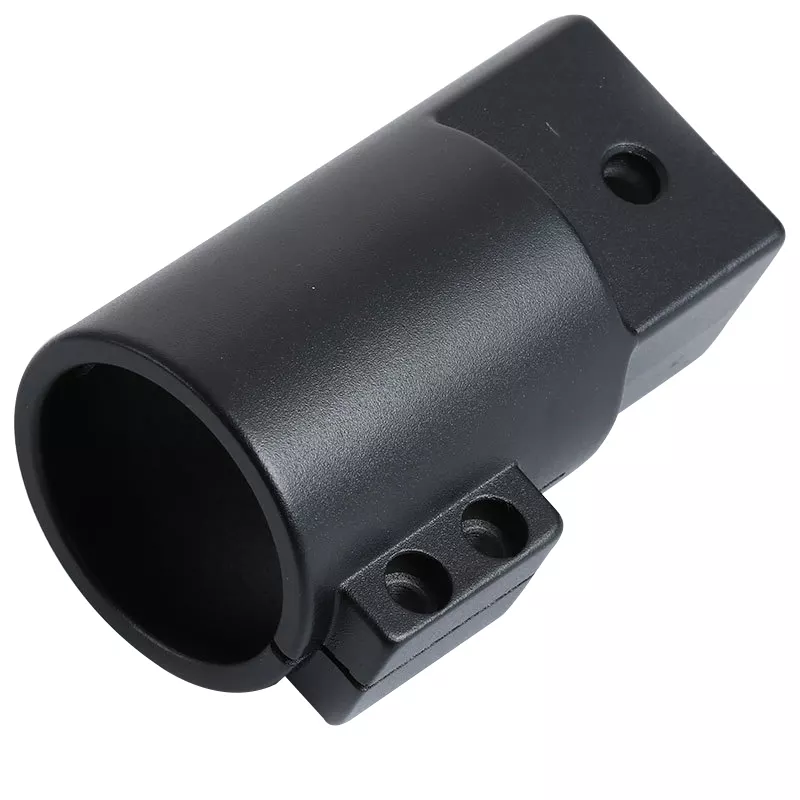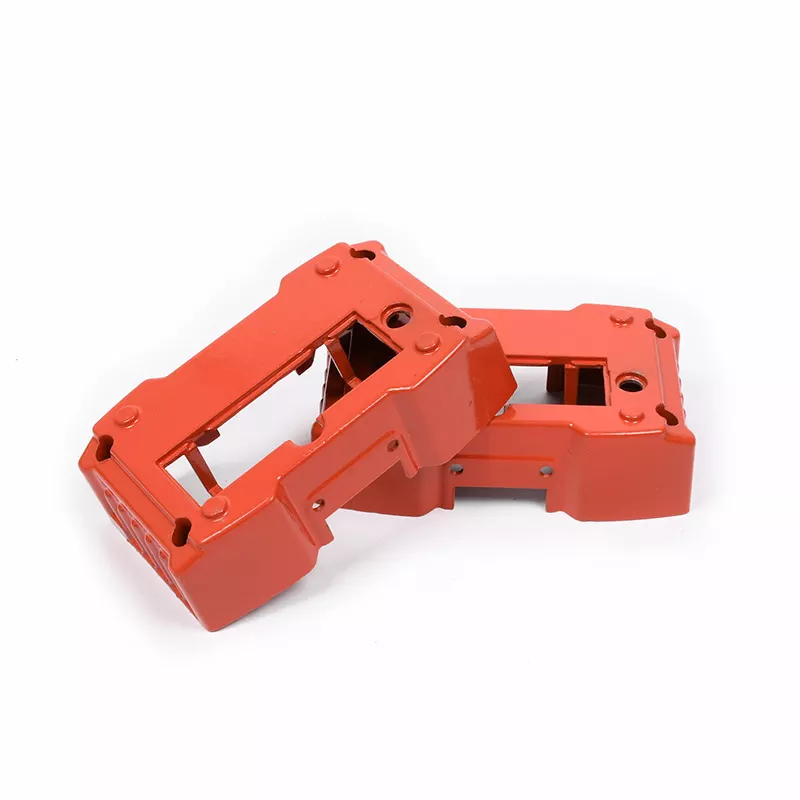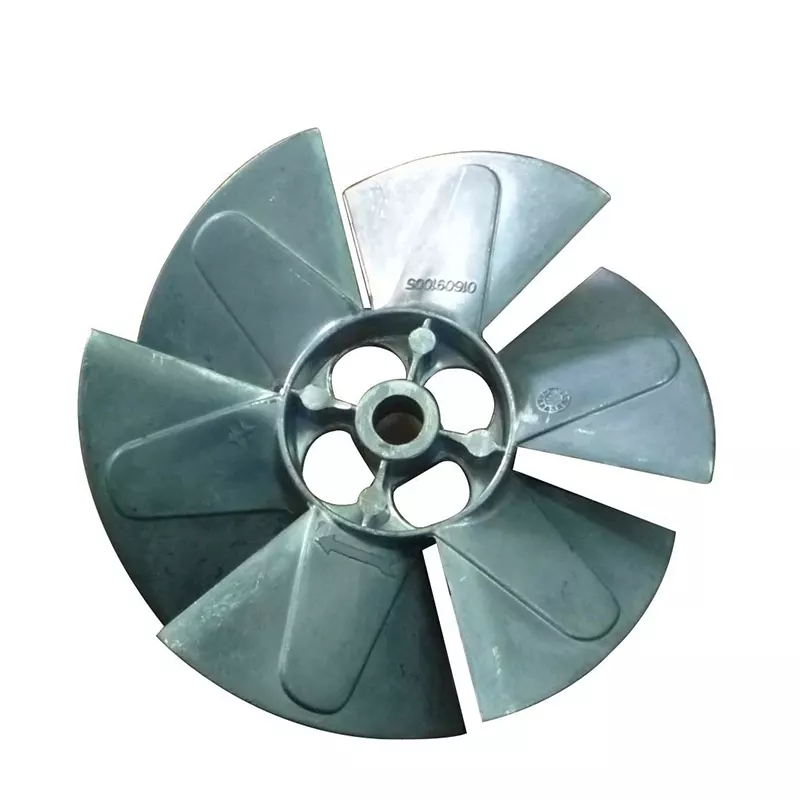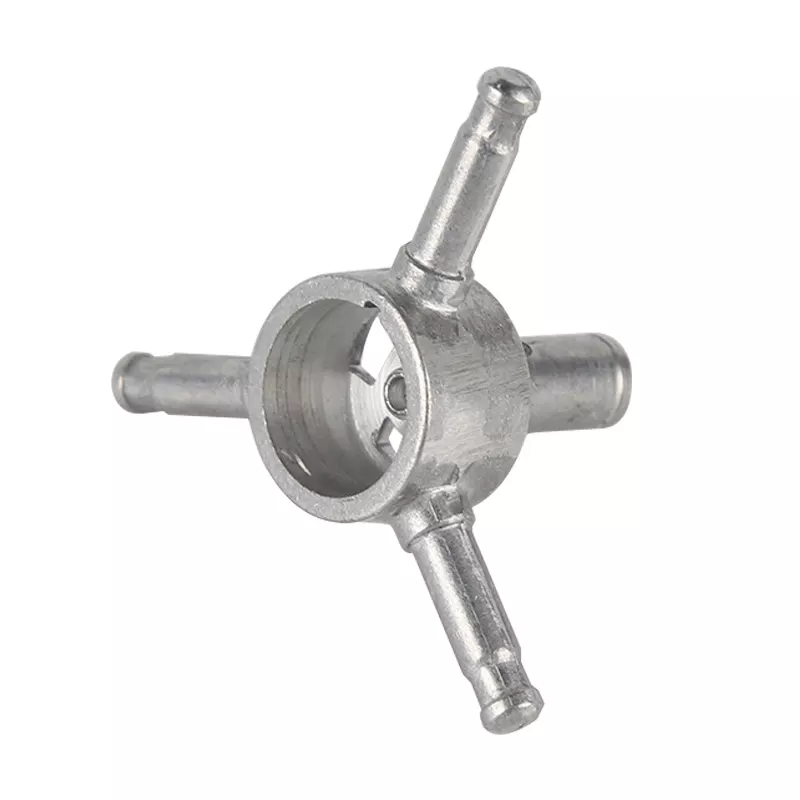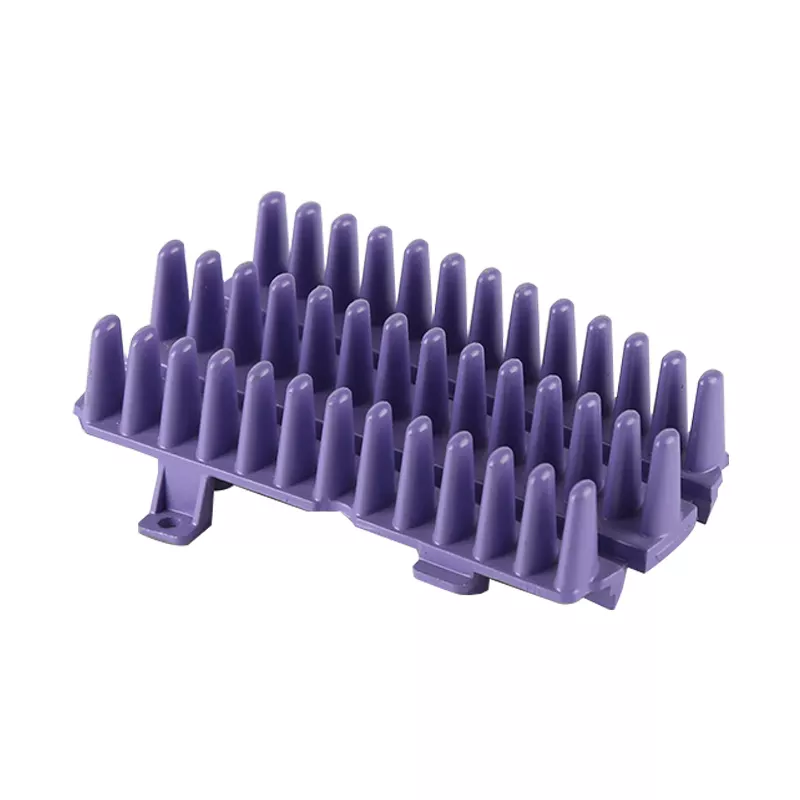Casting coating affects the internal and surface quality of castings, especially the lost foam coating is one of the key factors to control and ensure the quality of lost foam casting. As we all know, foundry coatings are composed of five basic components: carrier, refractory filler, suspending agent, binder and auxiliary additives, among which refractory filler is the main component, which determines the refractoriness, chemical stability, and thermal insulation of the coating. It also has an important influence on the air permeability and sintering peelability of the coating. Therefore, it can be said that the quality of refractory filler is a key factor in the quality of casting coatings.
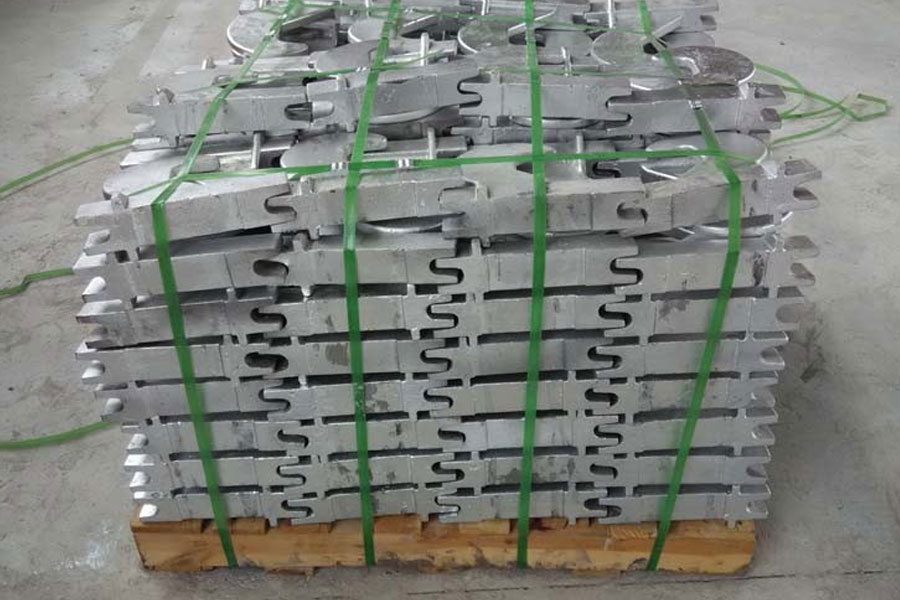
In lost foam casting, how to choose refractory fillers for coatings mainly consider the following properties of the fillers:
Bauxite powder
Bauxite has been widely used in common cast steel coatings and cast iron coatings in recent years due to its high refractoriness, good chemical stability, small expansion coefficient, abundant sources, and low price.
1 Chemical composition
The content of Al2O3 in the bauxite, the sintering temperature, and the content of impurities such as Ti02 and FeO3 have a greater impact on the coating. Therefore, the ore with high Al2O3 content is selected and calcined at 1450℃-1500℃, and then the clinker is selected and ground into fine powder. After that, pickling treatment is still a key step. In addition to the higher content of Ti02 and FeO3 in bauxite without pickling treatment, the dust and mechanical iron mixed in the calcination and grinding process increase. (Currently, the amount of fine bauxite powder Most of the processing is based on the Raymond mill, and most of the wear-resistant parts are high-strength steel castings, and the mixed mechanical iron is difficult to remove with magnetic separation.) The prepared coating is affected by the refractoriness, and the increase in floating and sediment Paint brushability, suspension and storage time.
1.2 Granularity
The particle size and particle size distribution of bauxite are important factors affecting the density and air permeability of the coating, especially the lost foam coating. Whether the pyrolysis products of the foam pattern during the sintering process can be smoothly discharged through the coating, the loss of the foam coating Air permeability is a major feature that distinguishes it from other sand casting coatings. According to different needs, Minghe Die Casting Company has divided the particle size of bauxite into two different specifications for use in sand casting coatings and lost foam coatings.
The particle size distribution of bauxite powder used in sand casting coatings is:
The particle size distribution of bauxite used in lost foam coatings is:
The above particle size distribution is also applicable to the gradation of other refractory fillers.
Zircon powder and N-3 powder
Zircon powder is processed from zircon sand, with low linear expansion coefficient, good thermal shock stability, high refractoriness and no chemical effect on most alloys at high temperatures. It is a good refractory filler, mostly used for stainless steel , High-alloy steel castings, imported zirconium powder is mostly used abroad for jet mill grinding, the content of Zr02 is greater than 65%, and the impurity content is low. The zirconium powder processed in China is mostly ground by Raymond mill, and the impurity content is relatively high. In recent years, zirconium The source of powder powder is relatively complicated, and the price is rising all the way. Many coating manufacturers are looking for alternative products of zircon powder to reduce the cost of cast steel coating. Xiangyu Company has successfully developed a new synthetic refractory filler N-3 powder. Widely used in cast steel coatings.
N-3 powder is synthesized from several natural refractory materials in proportion, fused, crushed, and acid-washed. The refractoriness, linear expansion coefficient, and chemical stability are close to zircon powder, and it does not interact with alkaline oxidation such as FeO3. The material reacts, which is conducive to the anti-sticking of the coating, and the price is only one-third of the zircon powder
Magnesia powder and forsterite powder
Magnesia powder and forsterite powder are usually used as the first choice refractory materials for the preparation of coatings for alkaline steel castings. The main component of magnesia large sea powder is the agglomerates obtained by calcining natural magnesite ore (MgCO2), which is processed by crushing, grinding, and magnetic separation. It is worth paying special attention to the following points:
The iron oxide content in forsterite powder should be mainly controlled, not more than 10%, the smaller the serpentine (hydrous magnesium silicate) content, the better, generally not more than 20%, otherwise the refractoriness will decrease, the ignition loss and the gas evolution will increase Big.
Brown corundum powder and white corundum powder
Brown corundum is made of bauxite as raw material and processed by high temperature smelting at 2000°C-2400°C. White corundum is made of alumina powder and recrystallized by electrofusion. Its basic mineral is a-Al2O3, and the former is greater than 94%. , The latter is greater than 97%, the corundum has high hardness, high melting point, high thermal conductivity, good thermal stability, not easy to crack, good acid and alkali resistance, brown corundum powder is suitable for the preparation of ordinary cast steel and alloy steel coatings, white Because of its high price, corundum powder is often used as a composite filler for coatings for large steel castings. It should be noted that the particle size distribution and label of the corundum powder for abrasives and the corundum powder for casting coatings are inconsistent, and should be graded according to the particle size composition of the refractory filler for coatings. In addition, there are waste sand wheels grinding to produce corundum powder on the market, which has high impurity content, so pay special attention to it when purchasing.
Quartz powder and fused silica powder
Quartz powder is one of the traditionally used refractory fillers. Because of its low price and abundant resources, it is still used by many manufacturers. However, its low refractoriness and large linear expansion coefficient are only suitable for casting coatings and small steel castings. Fused silica powder and ordinary quartz powder can be used in combination, and used in lost foam cast steel and cast iron coatings, effectively sending out the cracking and peeling of the coating caused by the phase transformation and expansion of the quartz powder, and the effect is very good. The characteristics of fused silica powder are: low thermal expansion rate, good thermal stability, strong creep resistance at high temperature, especially suitable for lost foam coatings.
Other refractory fillers
In addition to the above-mentioned refractory fillers, there are also mullite powder, chromite powder, high-aluminum steel jade powder, diatomite powder, talc powder, mica powder, feldspar powder, etc. According to the functional requirements of the coating, it can be It can be used as a refractory filler if it is selected alone or compounded. It will not be described in detail here. Xiangyu Company can supply it. In short, the refractory filler is the main part of the coating, which plays a decisive role in the effect of the coating. The selection of refractory filler should focus on the main indicators such as mineral composition, purity, impurity content, and particle size composition of the refractory filler.




